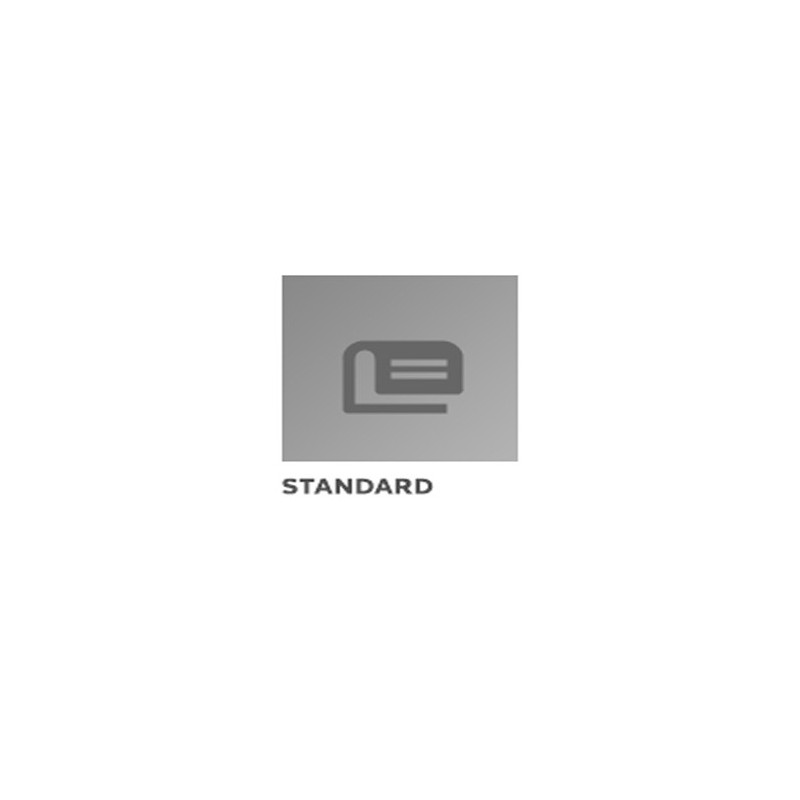Description / Abstract:
Scope - Introduction
Introduction - The importance of reliability in design engineering
has significantly grown
since the early 1960's. Competition has been a primary driver in this
growth. The three realities
of competition today are: world class quality and reliability,
cost-effectiveness, and fast
time-to-market. Formerly, companies could effectively compete if they
could achieve at least two of
these features in their products and product development processes,
often at the expense of the
third. However, customers today, whether military, aerospace, or
commercial, have been sensitized
to a higher level of expectation and demand products that are highly
reliable, yet affordable.
Product development practices are shifting in response to this higher
level of expectation. Today,
there is seldom time, or necessary resources to extensively test,
analyze, and fix to achieve high
quality and reliability. It is also true that the rapid growth in
technology prevents the
accumulation of historical data on the field performance of their
products. Unfortunately, some
reliability methods have depended upon the availability of historical
data, other experiential
information, or learning through extensive and time consuming tests.
The new realities require
innovation and creativity in the selection and use of reliability
methods, and teamwork and
collaboration in the management of product development programs. There
must be a shift from seeking
to eliminate complaints in products, to eliciting praise for them.
To enable this transition, reliability efforts must be directed toward
anticipating problems and
designing-in features that assure the achievement of quality and
reliability, concurrent with the
development process, instead of trying to assess quality and
reliability downstream. The gains in
time-to-market and cost savings from such an approach can be
significant. More recent reliability
programs tend not to prescribe reliability tasks or methods to be
performed by suppliers. Rather,
suppliers are considered equal partners in the effort to produce a
reliable product and work with
the companies in deciding which reliability methods provide most value
in achieving objectives.


